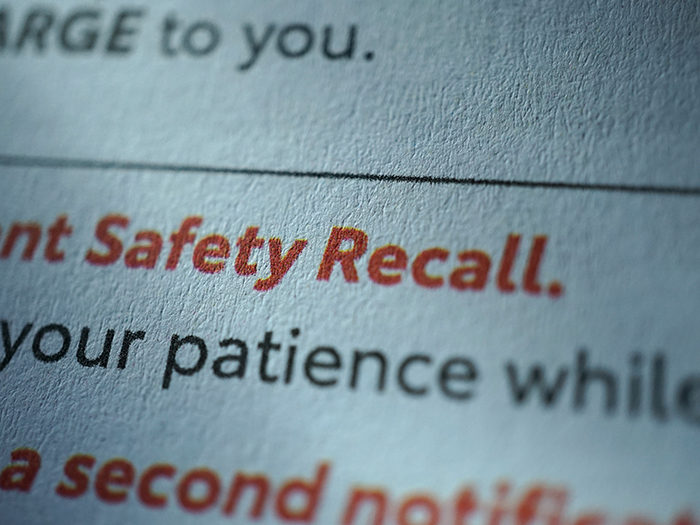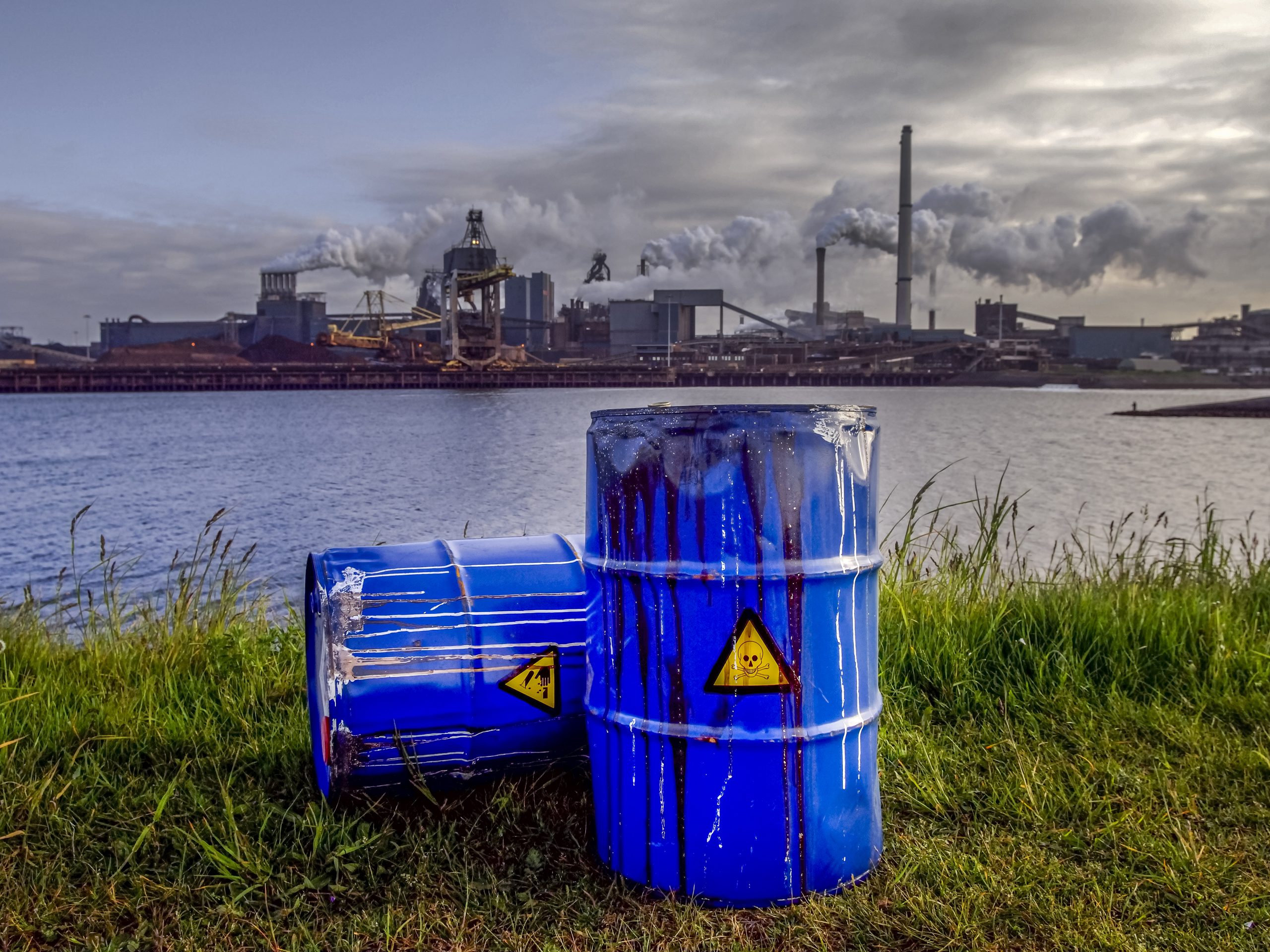Sponsored Content: Allied World
Are You Adequately Prepared to Face a Product Recall? What Risk Managers Need to Know Before a Crisis

In the food and beverage industry, product quality and consumer safety are paramount. Whether producing frozen food items or bottling up fresh spring water, the products being packaged and sold en masse are sent across the country and into individuals’ homes for consumption and use.
Even the most well-run businesses, however, can still face product recall. This isn’t to say the business isn’t working at the top of its game; there are several factors that could cause error outside of the company’s control.
That’s why product recall insurance is essential for the risk professionals in the industry who are looking to navigate a product recall crisis and protect their balance sheets.
“We are in a competitive environment, and so if your product is perceived as being contaminated or perceived as having an issue, that could easily lead to decreased sales and possible loss of contracts,” said Tom Mangan, vice president, global crisis management at Allied World.
Mangan, who specializes in product recall and product contamination insurance, also added that because such things are outside the risk professional’s control, understanding product recall insurance is a crucial step in protecting the company.
Here’s a deeper look at the threats behind food and beverage recalls and contamination, trends impacting the industry, and how product recall insurance can help navigate murky waters if and when they rise.
Top Factors Behind Product Recall

Tom Mangan, Vice President, Global Crisis Management at Allied World
“Human error and supply chain disruption are not within our control, nor are they something we can eliminate fully,” said Mangan, placing these two risks at the top of the list of reasons behind recalls.
We can’t take the human element out of the equation no matter the industry or service being provided. When it comes to food and beverage products and their safe packaging and distribution, Mangan said the most common human error that can occur is mislabeling.
“Mislabeling a product is injurious if consumption of the product could lead to bodily injury or property damage,” he said. Commonly, Mangan added, mislabeling comes down to omitting ingredients such as dairy, nut-based products or other common allergy-related items.
When a label omits key ingredients, those who must refrain from consuming particular products are most at risk. Likewise, if a cross contamination of ingredients occurs, which could also stem from human error, consumers can face reactions as benign as a rash to as severe as permanent damage or even death.
“There’s also accidental contamination, which could take place due to a poorly vetted ingredient that could contain anything from bits of metal to plastic. I’ve seen coffee contaminations with wood products,” Mangan said. “A third issue would be chemical contamination, where a non-food grade item wasn’t detected but ends up in the mix due to human error.”
Vetting suppliers becomes key, then, as products are manufactured and sent to stores for human consumption.
Another area where risk professionals should be wary is supply chain disruptions, which account for a number of product recalls as well.
For example, there was a significant event a few years ago involving cumin, a widely used spice, in which nearly 600,000 pounds of beef, pork and chicken products seasoned with cumin, as well as other products, had to be recalled after trace amounts of crushed peanuts were found.
“There was a co-mingling of cumin with peanut husks. The top suppliers of cumin to the U.S. are in Turkey, but that didn’t mean the contamination happened in Turkey itself,” explained Mangan. It was found through investigations that the Turkish suppliers imported some of their cumin supply from India, which could have been the source of the contamination.
“It was a cheaper product — the peanut husks — mixed with a more expensive product — the cumin itself — sold at full cumin prices,” said Mangan. “That’s a supply chain issue that has played out with numerous products and demonstrates the urgency behind proper vetting of suppliers.”
Today’s Trends Impacting Product Recalls
Outside of the risk factors themselves, there are also a few areas that risk professionals should consider when reviewing product recall vulnerabilities.
The pandemic, for one thing, has disrupted more than its fair share of business in this last year. But, according to Mangan, “the pandemic gave us a false sense of security.” That is because product recalls seemingly slowed in this last year as manufacturing plants shut down and the supply chains faced disruption around the globe.
“There was a perception that regulators were not doing their due diligence during the pandemic, but that’s just not true. At the very bottom of the pandemic cycle in May 2020, I saw a significant product recall loss due to regulator action. It just didn’t appear in the news because of the pressing crisis caused by the pandemic,” Mangan said.
He suspects that now that the world is starting to open again, we’ll see more activity from regulators in the coming months.
In fact, one survey of 100 agribusiness leaders conducted by law firm Lathrop GPM LLP found that nearly two-thirds of food-processing executives expect the number of food-safety claims in the industry to continue rising over the next year.
“Science has made it a lot easier to pinpoint the source of a recall event,” Mangan added. “As technology and science grow, we’re also going to see an uptick in publicly announced product recalls, because the technology and science are better able to correlate what products might be causing illness.”
Insurance as Part of the Solution
When it comes to protecting against product recall and contamination claims, risk professionals will want to have an arsenal of tools at their disposal in addition to product recall insurance. Part of that arsenal should be educating themselves on and understanding the insurance product itself to better know what it will protect against.
But the risk professional should also have risk mitigation strategies at play to prevent a recall in the first place.
“Strong vetting of suppliers is a good start,” said Mangan. “Knowing who your suppliers are and where they are getting their ingredients or materials is part of having a good understanding of your own goods and services.”
Also working with a carrier that provides assistance in the event of a crisis can go a long way toward successfully managing a product recall. Allied World has a 24/7, toll-free incident response hotline available to policyholders in the event a product recall arises. The service itself works to coach clients through the crisis and provide them with best next steps to both pull the necessary products and craft clear, actionable messaging to consumers.
Additionally, Allied World offers first- and third-party coverage for product recall, including business interruption, product extortion, product recall costs, rehabilitation expenses, replacement costs and consultant costs — all of which are designed with the policyholders’ needs in mind.
“Too often, buyers in this space believe they are taking the adequate precautions for food safety and food defense. However, precautions are just one aspect of the solution; they’re missing a key component of their risk strategy,” Mangan said. “That’s reviewing the risks and trends and really understanding how product recall insurance works to protect their balance sheet.”
To learn more, visit: https://alliedworldinsurance.com/products/usa-crisis-management/.
Coverage will be underwritten by an insurance subsidiary of Allied World Assurance Company Holdings, Ltd, a Fairfax company (“Allied World”). Such subsidiaries currently carry an A.M. Best rating of “A” (Excellent), a Moody’s rating of “A3” (Good) and a Standard & Poor’s rating of “A-” (Strong), as applicable. Coverage is offered only through licensed agents and brokers. Actual coverage may vary and is subject to policy language as issued. Coverage may not be available in all jurisdictions. © 2021 Allied World Assurance Company Holdings, Ltd. All rights reserved.
This article was produced by the R&I Brand Studio, a unit of the advertising department of Risk & Insurance, in collaboration with Allied World. The editorial staff of Risk & Insurance had no role in its preparation.









